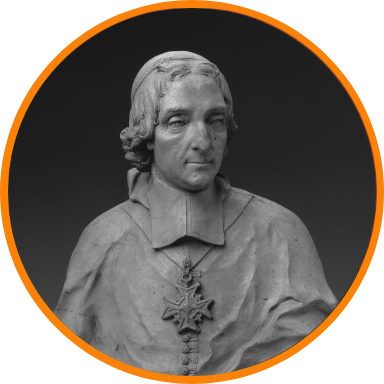
About the Author
For his young charges, Fénelon directed and prepared curriculum, including fairy tales, fables, Dialogues des Morts (Dialogues of the Dead), and ultimately Les Aventures de Telemaque (The Adventures of Telemachus).
Admitted to the prestigious Académie Française in 1693, he received from the king in 1694 the abbey of Saint-Valery, followed by the archbishopric of Cambrai in 1695. As archbishop, he was compelled to spend nine months of the year in his parish at Cambrai and, continuing as preceptor to the young princes, three at Versailles.
In 1697, Fénelon published another masterpiece, Explication des maximes des saints sur la vie intérieure (Explication of the maxims of the saints on the interior life). His former advocate, Bishop Bossuet, challenged them as unorthodox and, with King Louis XIV’s approval, convinced the pope to condemn several of the maxims.
Despite the considerable income afforded Fénelon by his responsibilities as abbot and archbishop, he died penniless in Cambrai following a carriage accident in 1715. He had expended all his resources in attending to his parish. His legacy of spiritual growth, selflessness, and ideals of leadership live on in his writings and his admirers.
